A manifesto is a published verbal declaration of the intentions, motives, or views of the issuer, be it an individual, group, political party, government or an artistic movement. The word manifesto is derived from the Italian word ‘manifesto’, which is derived from the Latin ‘manifestum’, meaning clear or conspicuous. A political manifesto A manifesto usually accepts a previously published opinion or promotes a new idea with intentions for carrying out changes the author believes should be made. In particular, political and artistic manifestos can be interesting.
Political Manifesto

A famous political manifesto is ‘What Is To Be Done?’ by Vladimir Lenin, published in 1901. It is a political pamphlet written by Lenin, who is a Russian revolutionary who said that the article represented “a skeleton plan to be developed in greater detail in a pamphlet now in preparation for print”. The title ‘What Is To Be Done?’ by the novel of the same name by a 19th century Russian revolutionist Nikolai Chernyshevsky. In this political manifesto, Lenin argues that the working class will not become political simply by fighting economic battles with employers over situations such as wages and working hours. In order to convert the working class to Marxism (the political and economic theories of Karl Marx and Friedrich Engels which were later developed by their followers to form the basis of communism), Lenin insists that Marxists should form a political party of dedicated revolutionaries to spread the ideas among the workers. The main points in the political manifesto are:

- Lenin confronts the Economist trend in Russian Social Democracy
- Lenin states that workers will not spontaneously become Marxists just by fighting battles over wages, rather they need to form a political party to publicise their ideas – he says that to understand politics you must understand all of society, which the workers need to learn to do.
- Lenin speaks about the wave of strikes in late 19th Century Russia and says “the history of all countries shows that the working class, exclusively by its own efforts, is able to develop only trade-union consciousness”.
Below, I have included an extract of the political pamphlet in order to show an insight to the language used, the vision and metaphors.
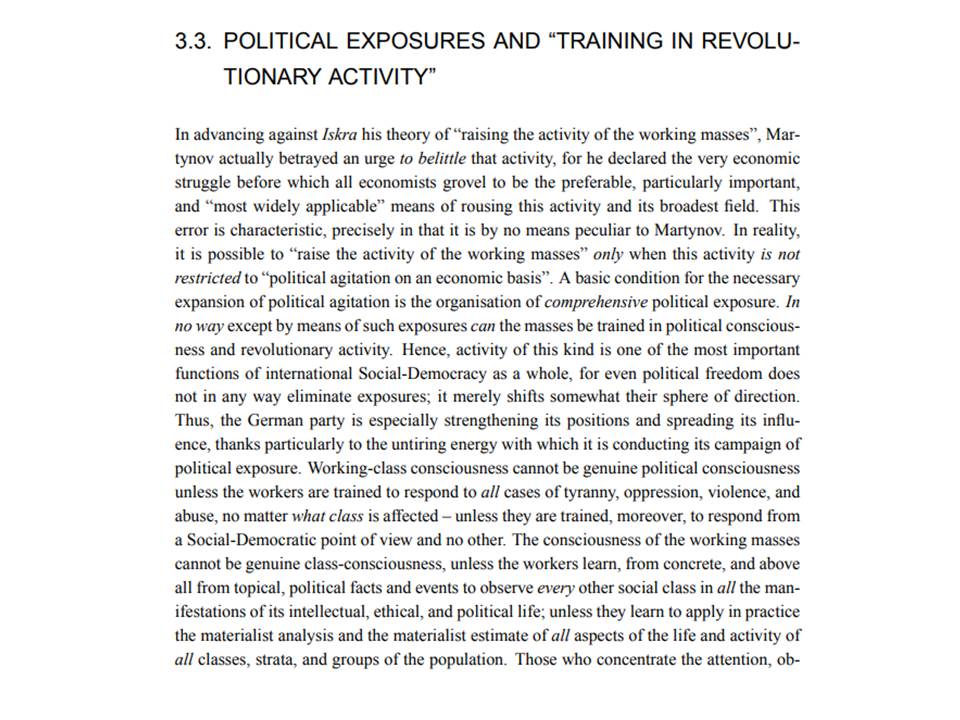
Artistic Manifesto

A very good example of an artistic manifesto is the Futurism manifesto which was written by the Italian poet Filippo Tommaso Marinetti and published in the French Newspaper ‘Le Figaro’ in 1909. In the Futurism manifesto, Marinette expresses Futurism as a rejection of the past and a celebration of speed, machinery, violence, youth and industry. The Futurism movement places action over sentiment. Futurists insist that literature will not be overtaken by progress, rather, it will absorb progress in its evolution. Man is reacting against the potentially overwhelming strength of progress. Below, I have written out the founding manifesto of Futurism for both research and comparison purposes:
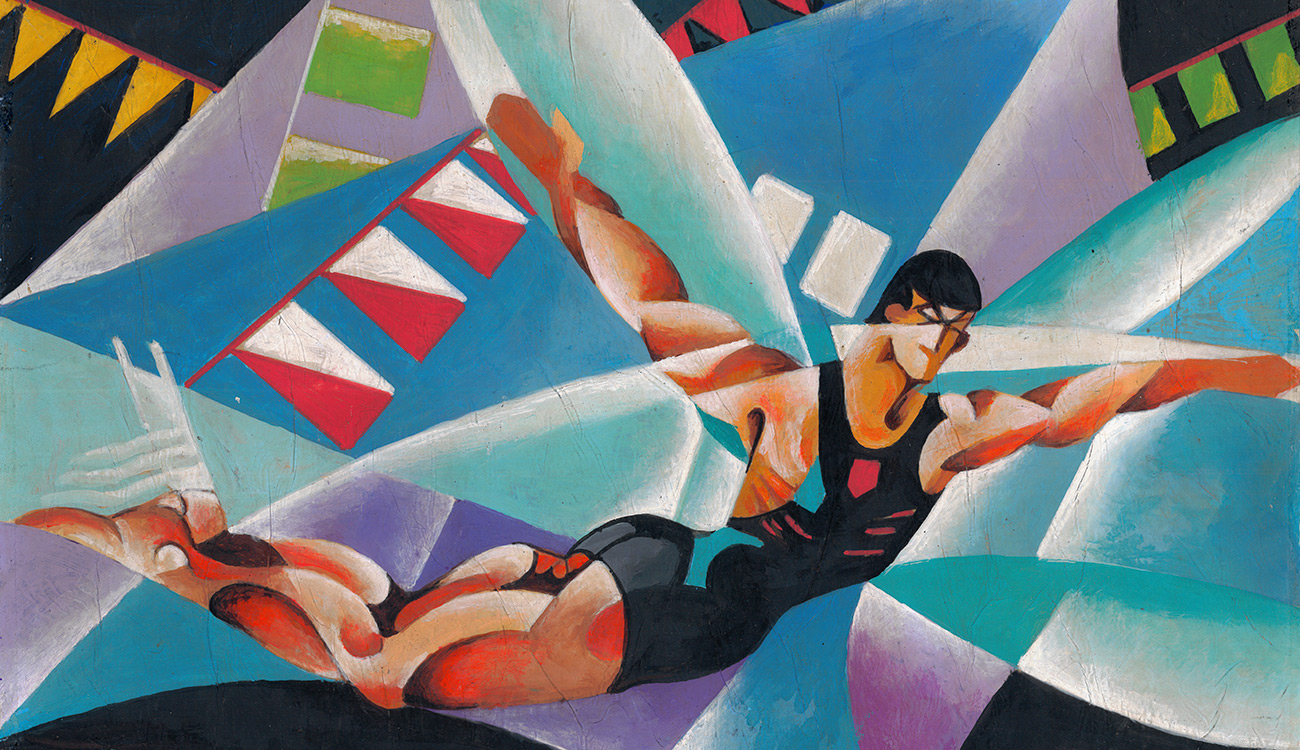
- We intend to sing the love of danger, the habit of energy and fearlessness.
- Courage, audacity, and revolt will be essential elements of our poetry.
- Up to now literature has exalted a pensive immobility, ecstasy, and sleep. We intend to exalt aggressive action, a feverish insomnia, the racer’s stride, the mortal leap, the punch and the slap.
- We affirm that the world’s magnificence has been enriched by a new beauty: the beauty of speed. A racing car whose hood is adorned with great pipes, like serpents of explosive breath—a roaring car that seems to ride on grapeshot is more beautiful than the Victory of Samothrace.
- We want to hymn the man at the wheel, who hurls the lance of his spirit across the Earth, along the circle of its orbit.
- The poet must spend himself with ardor, splendor, and generosity, to swell the enthusiastic fervor of the primordial elements.
- Except in struggle, there is no more beauty. No work without an aggressive character can be a masterpiece. Poetry must be conceived as a violent attack on unknown forces, to reduce and prostrate them before man.
- We stand on the last promontory of the centuries!… Why should we look back, when what we want is to break down the mysterious doors of the Impossible? Time and Space died yesterday. We already live in the absolute, because we have created eternal, omnipresent speed.
- We will glorify war—the world’s only hygiene—militarism, patriotism, the destructive gesture of freedom-bringers, beautiful ideas worth dying for, and scorn for woman.
- We will destroy the museums, libraries, academies of every kind, will fight moralism, feminism, every opportunistic or utilitarian cowardice.
- We will sing of great crowds excited by work, by pleasure, and by riot; we will sing of the multicolored, polyphonic tides of revolution in the modern capitals; we will sing of the vibrant nightly fervor of arsenals and shipyards blazing with violent electric moons; greedy railway stations that devour smoke-plumed serpents; factories hung on clouds by the crooked lines of their smoke; bridges that stride the rivers like giant gymnasts, flashing in the sun with a glitter of knives; adventurous steamers that sniff the horizon; deep-chested locomotives whose wheels paw the tracks like the hooves of enormous steel horses bridled by tubing; and the sleek flight of planes whose propellers chatter in the wind like banners and seem to cheer like an enthusiastic crowd.
Similarities and Differences
Some of the similarities between the political manifesto, ‘What Is To Be Done?’, and the artistic manifesto of Futurism are:
- They both aim to make it heard what they believe in
- They both state what it is that they are going to be doing.
- They both have key points and beliefs from the author
- They both give a deep insight to the mind of the author/show how they feel about society or their situation.
Some of the differences between the political manifesto, ‘What Is To Be Done?’, and the artistic manifesto of Futurism are:
- Political manifesto’s aim to persuade the reader of their views, whereas artistic manifestos state their views as they are for them and not for those that disagree.
- Political manifesto’s point out points of injustice in society and attempt to give the reader something to believe in through claiming to change this injustice, whereas artistic manifestos focuses on the individual and what they want to be/who they could become through the manifesto.





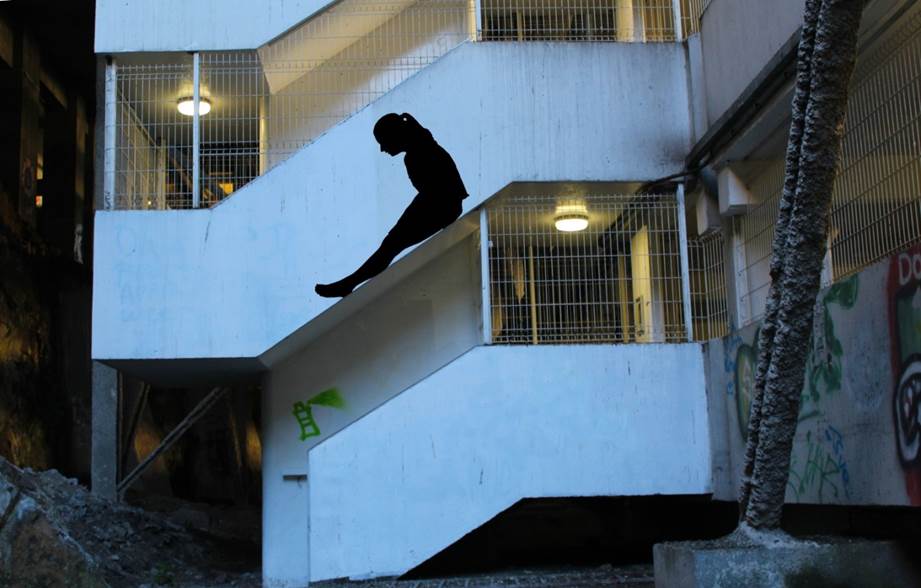
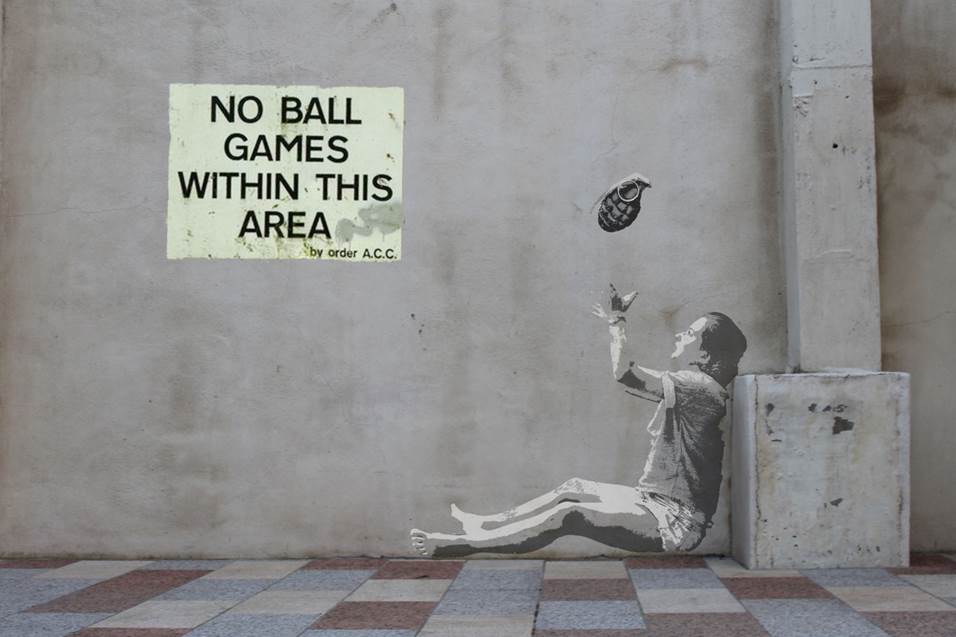


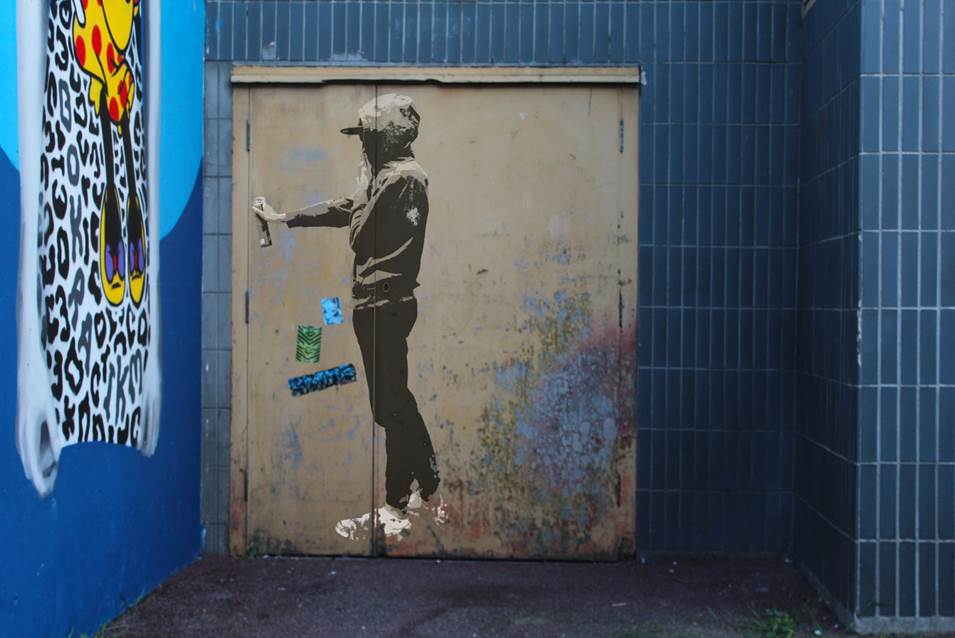






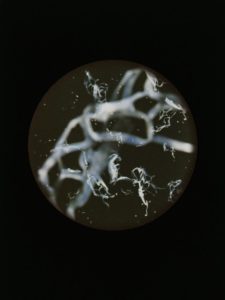


 ‘Discarded debris found along the shore and having existed for varying amounts of time in the sea collectively convey a message about the marine environment. The images combine visual beauty with the message of pollution and the time it takes them to biodegrade in the sea. The book shows the series of 10 images representing an intuitive collection of objects as they were presented, on the shore, unwashed and unaltered and aiming to reveal a beauty not otherwise noticed. The form and shape of the objects take on the imaginative appearance of sea creatures, created from the very materials that prove fatal for the creatures themselves. Enveloping black space evokes a deep sea, presenting the emerging objects as creatures from beneath, whilst at the same time serving as a metaphor to the unknown depths of this vast global problem of pollution. The captions state only the number of years it takes each material to decompose, thus revealing a narrative in time, and ending with the indeterminate and Indefinite material polystyrene.’
‘Discarded debris found along the shore and having existed for varying amounts of time in the sea collectively convey a message about the marine environment. The images combine visual beauty with the message of pollution and the time it takes them to biodegrade in the sea. The book shows the series of 10 images representing an intuitive collection of objects as they were presented, on the shore, unwashed and unaltered and aiming to reveal a beauty not otherwise noticed. The form and shape of the objects take on the imaginative appearance of sea creatures, created from the very materials that prove fatal for the creatures themselves. Enveloping black space evokes a deep sea, presenting the emerging objects as creatures from beneath, whilst at the same time serving as a metaphor to the unknown depths of this vast global problem of pollution. The captions state only the number of years it takes each material to decompose, thus revealing a narrative in time, and ending with the indeterminate and Indefinite material polystyrene.’
